
Post by : Naveen Mittal
The United Arab Emirates may be young as a federation, but the area it occupies has long been central to Gulf commerce, politics, and regional identity. From pearl route commerce to quiet mediation and regional coordination, the UAE has steadily forged a role as both a bridge and a stabilizer in the Gulf. Trending searches like UAE trade history, UAE diplomacy Gulf, GCC unity UAE, UAE foreign policy reflect public interest in how the UAE’s past shapes its present. This article explores three pillars of its influence: trade, diplomacy, and unity.
Long before oil, the Gulf was crisscrossed by maritime trade routes linking Arabia, India, East Africa, and the Persian Gulf. The area that later became the UAE sat on these routes, facilitating the exchange of goods like incense, spices, pearls, dates, and textiles. Pearling was itself a form of trade currency, tying local communities to wider markets. Even in pre-colonial times, the coastal sheikhdoms engaged with Indian and Persian merchants. With the coming of the steamship and increasing global trade in the 19th and early 20th centuries, the area’s ports and merchants adapted to new patterns while retaining older networks.
These historical trade roots gave the UAE a cultural memory of openness, commerce, negotiation, and transit—traits that later enabled the country to orient itself toward global markets and diplomatic engagement.
Since its formation, the UAE has embraced a diplomatic role that emphasizes quiet mediation, consensus, and regional stability. Rather than overt intervention, its style frequently involves behind-the-scenes negotiation and bridging between parties. The UAE often positions itself as a neutral host, facilitator, or sponsor in regional dialogues. Its foreign policy approach has evolved from transactional to more strategic, seeking enduring partnerships across Asia, Africa, Europe, and the Gulf.
The UAE is a founding member of the Gulf Cooperation Council (GCC), which formalized economic and security cooperation among Gulf states. Through the GCC, the UAE has participated in coordination on defense, customs, common markets, and collective diplomacy. Its diplomatic posture reflects a balance between national interests and regional cohesion. The UAE’s foreign relations extend across more than sixty countries, with deep economic and cultural links, memberships in organizations like the Arab League, the OIC, and active participation in global forums.
Moreover, the UAE has used economic diplomacy—trade agreements, investment, aid, and infrastructure deals—to strengthen influence and build goodwill. Non-oil trade has become a key pillar of this diplomatic outreach.
At times the UAE has also mediated in Arab conflicts, offered humanitarian aid across the region, and hosted dialogues to reduce tensions. Its balanced approach is often cast as soft power diplomacy rather than hard military projection.
From early on, the UAE’s leaders knew that small states in a volatile region must cooperate. The GCC, launched in 1981, is a manifestation of that thinking—an institutional framework aimed at coordinating defense, legislation, trade, and foreign policy among Gulf monarchies. The UAE has been a proactive participant, pushing for deeper integration, cross-border infrastructure, and shared institutions.
Within the UAE itself, the federal model is a microcosm of unity: seven emirates with local autonomy but shared sovereignty. That internal unity adds legitimacy when the UAE speaks for Gulf unity externally. On the regional level, the UAE has engaged in border treaties (for example the 1974 Treaty of Jeddah with Saudi Arabia over border demarcation) to reduce friction and signal willingness for negotiated settlement of disputes.
Through these channels, the UAE reinforces Gulf identity, promotes collective security, and advocates a vision of cooperation that can resist external pressures and internal fragmentation.
The UAE’s trade diplomacy enables diversification beyond oil—non-oil trade has surged, forming a foundation for sustainable economic influence.
Its diplomatic reputation positions it as a credible interlocutor in regional and global conflicts.
Gulf unity institutions like the GCC offer the UAE opportunities to shape regional frameworks for trade, security, migration, and environmental policy.
By combining deep historical trading legacy with modern diplomacy, the UAE bridges traditional Gulf culture and global modernity.
In sum, the UAE’s strength in the Gulf arises not solely from its financial wealth, but from its strategic use of trade, diplomacy, and unity as tools of lasting relevance.
Disclaimer:
This article is intended for educational and general reading purposes. It is based on publicly available historical and policy sources as of 2025. Political dynamics, treaties, and foreign policies may evolve over time.
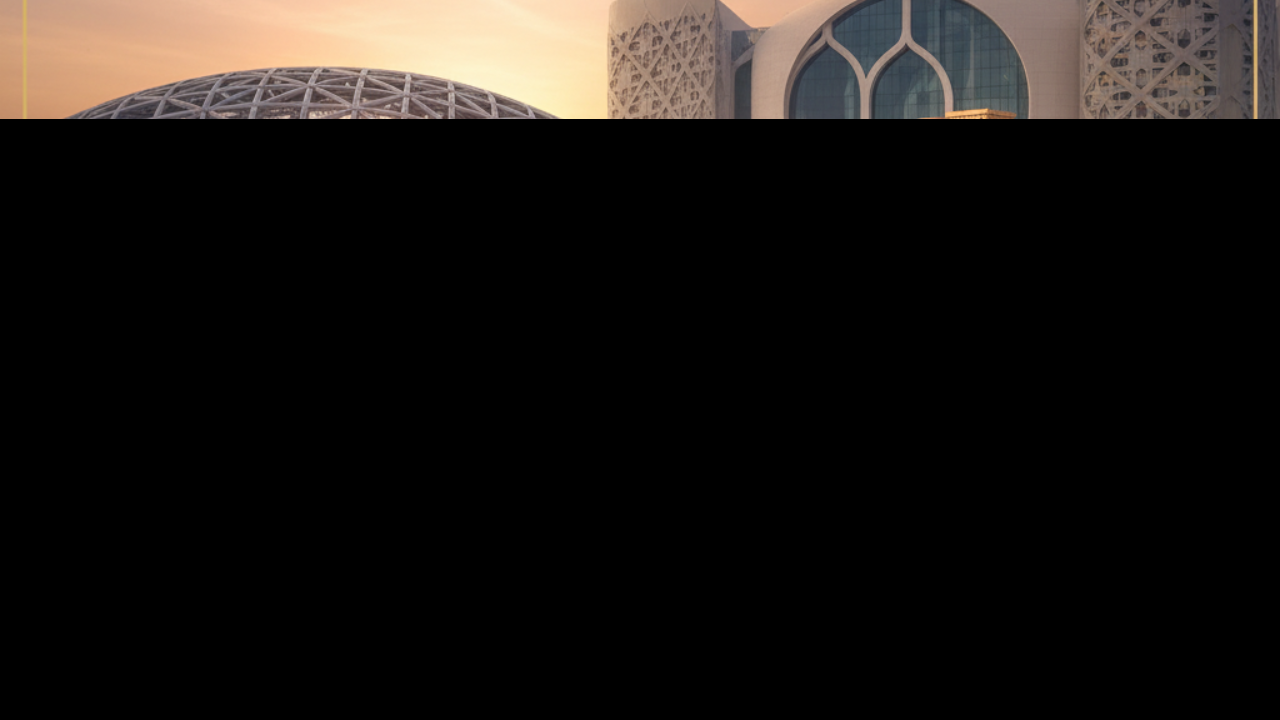
Where Time Speaks: UAE’s Premier Museums & Archives to Visit
Explore UAE’s top national museums and archives — from Al Ain to Sharjah to Dubai — where history, c

From Pearling Paths to Diplomatic Bridges: UAE in Gulf History
Explore how the UAE shaped the Gulf through ancient trade, regional diplomacy, and commitment to Gul
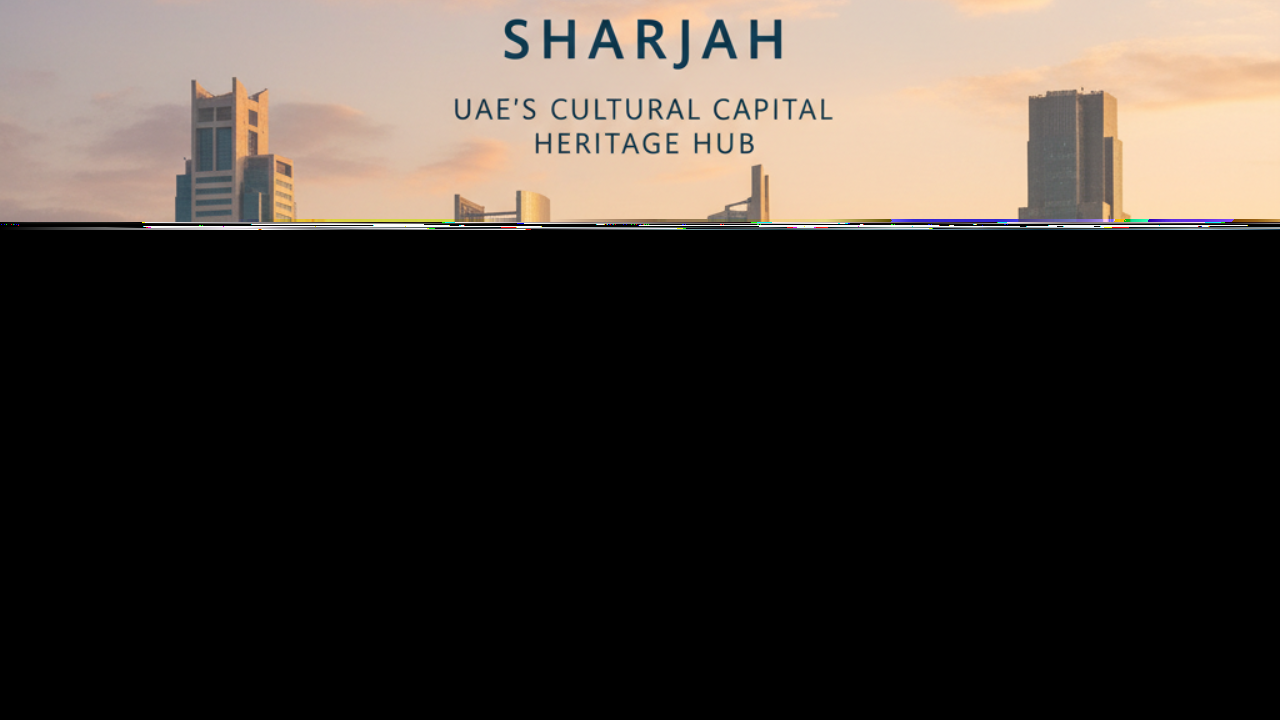
How Sharjah Became the UAE’s Cultural Heart — A Story of Vision & Heritage
Explore how Sharjah earned its title as UAE’s heritage hub — from Qasimi patronage to UNESCO honours

Walking Through Time: How Souks & Old Towns Keep UAE Heritage Alive
Discover the UAE’s timeless charm — explore historic souks, restored old towns, heritage districts a
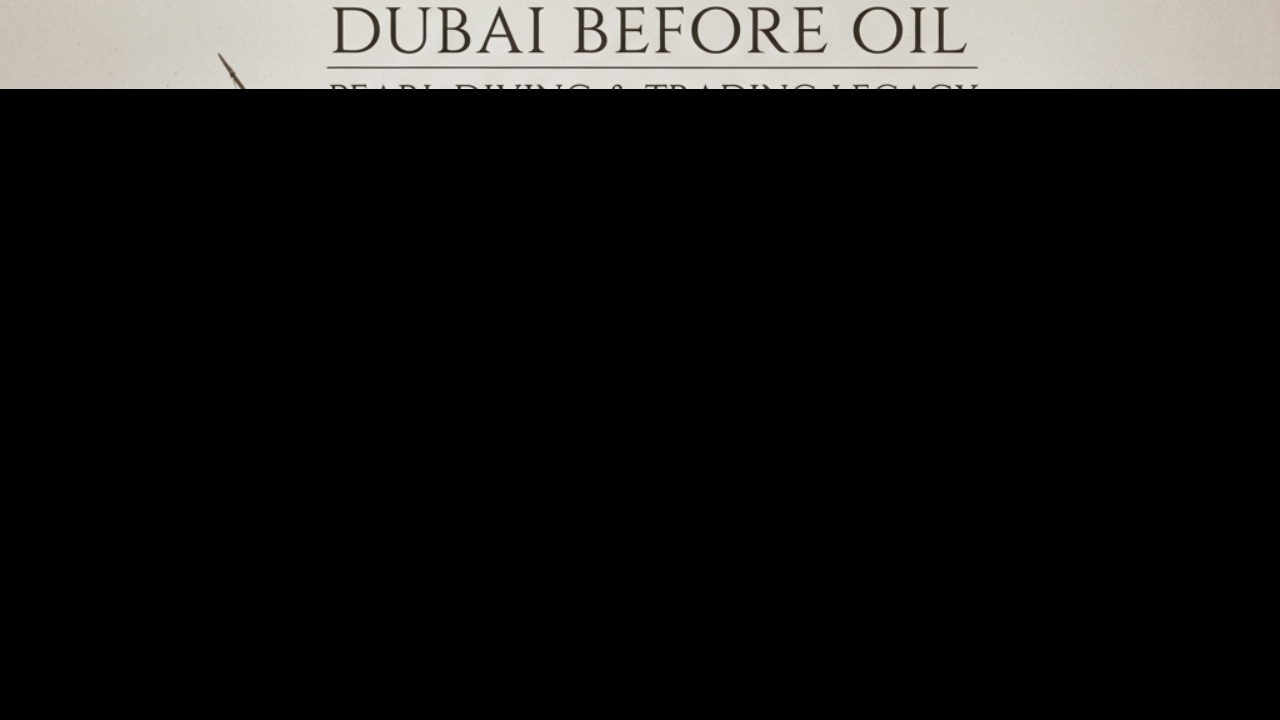
From Depths to Dhow: How Pearl Diving Forged Dubai’s Early Identity
Explore Dubai’s pre-oil era: how pearl diving, dhow trade, and coastal life shaped its culture, econ

From Ancient Forts to Heritage Villages: Unmissable Historic Sites Across the UAE
Explore UAE’s top historic landmarks — forts, mosques, archaeological parks, heritage villages & mor
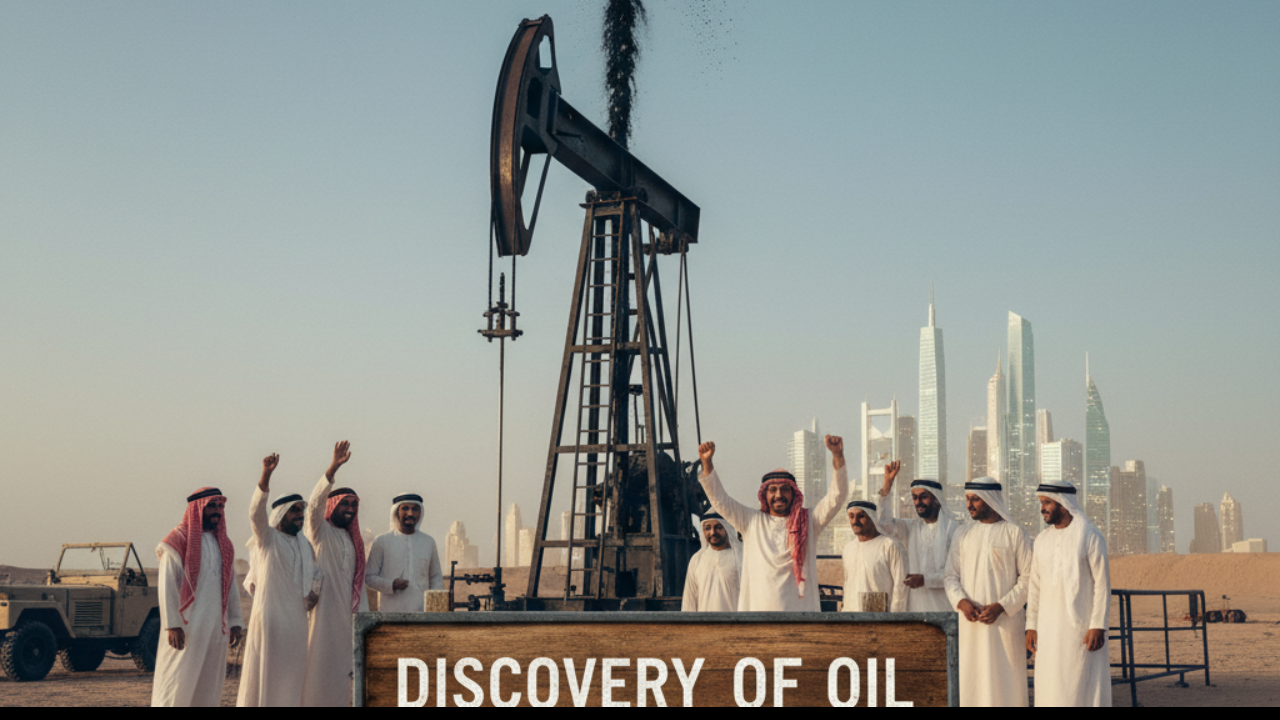
The Black Golden Moment: How Oil Changed the Fate of the Emirates
From desert sheikhdoms to global powerhouse: discover how the UAE’s oil discovery reshaped its econo
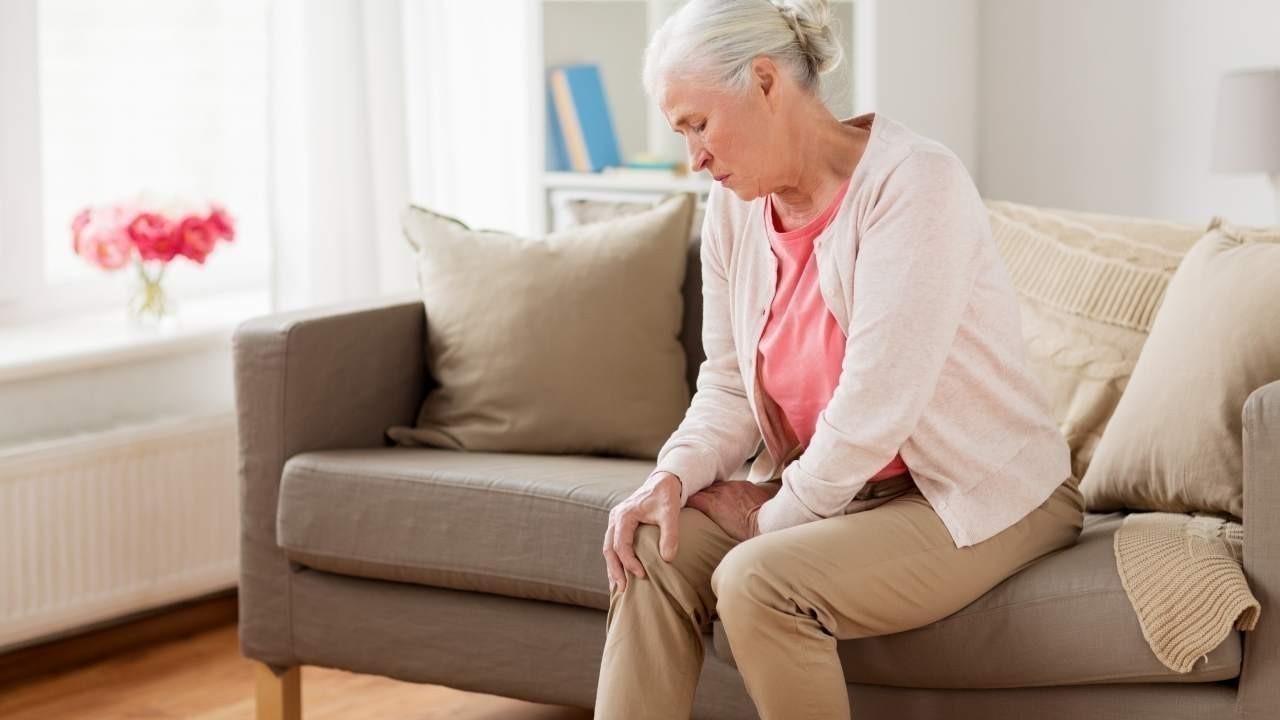
Effective Ways to Reduce Joint Pain and Stiffness This Winter
Learn simple ways to reduce joint pain and stiffness this winter with warmth exercises diet tips and
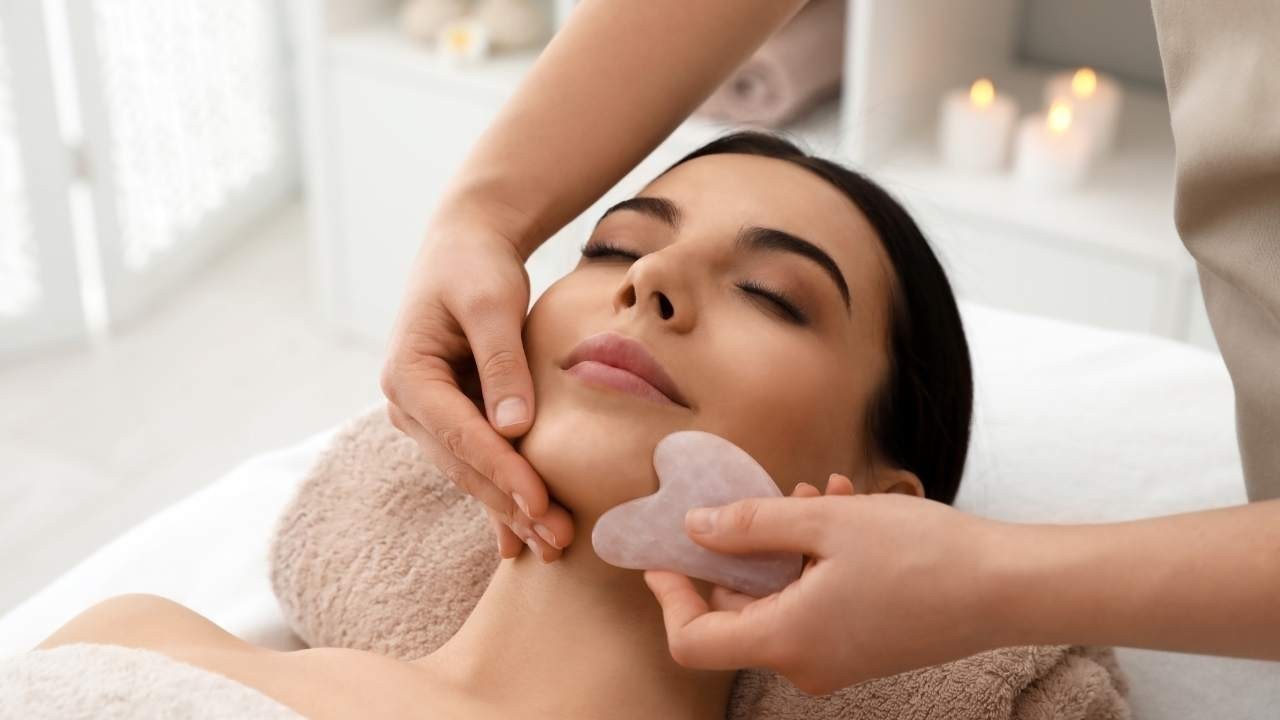
Facial Sculpting and Non Invasive Techniques Safe Beauty Trends for the Future
Explore facial sculpting and non invasive techniques shaping beauty care Safe affordable and natural

Body Positivity Embracing Self Love Confidence & True Beauty
Celebrate body positivity embrace self love reject false beauty ideals and discover confidence at ev

Skin Microbiome Secrets to Healthy and Balanced Skin
Explore the skin microbiome its role in skin health and simple ways to keep your skin balanced healt

Sarcopenia How Aging Steals Muscle and Ways to Stay Strong
Discover sarcopenia the silent muscle loss with age its signs causes and simple ways to stay strong

Cultural Appropriation vs Appreciation Respecting Global Traditions
Learn the difference between cultural appropriation and appreciation to respect traditions and celeb
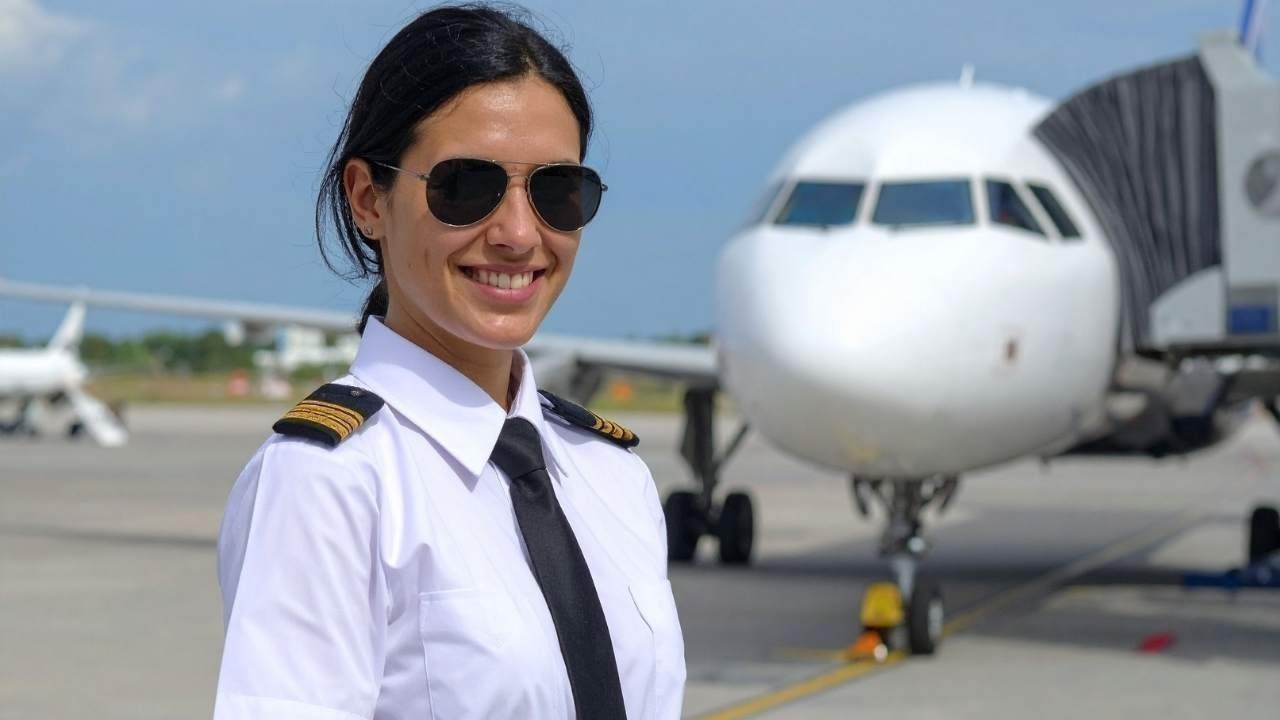
Uniform and Rebellion How Personal Identity Thrives Within Rules
Explore how uniforms shape identity and spark subtle rebellion blending conformity with personal exp
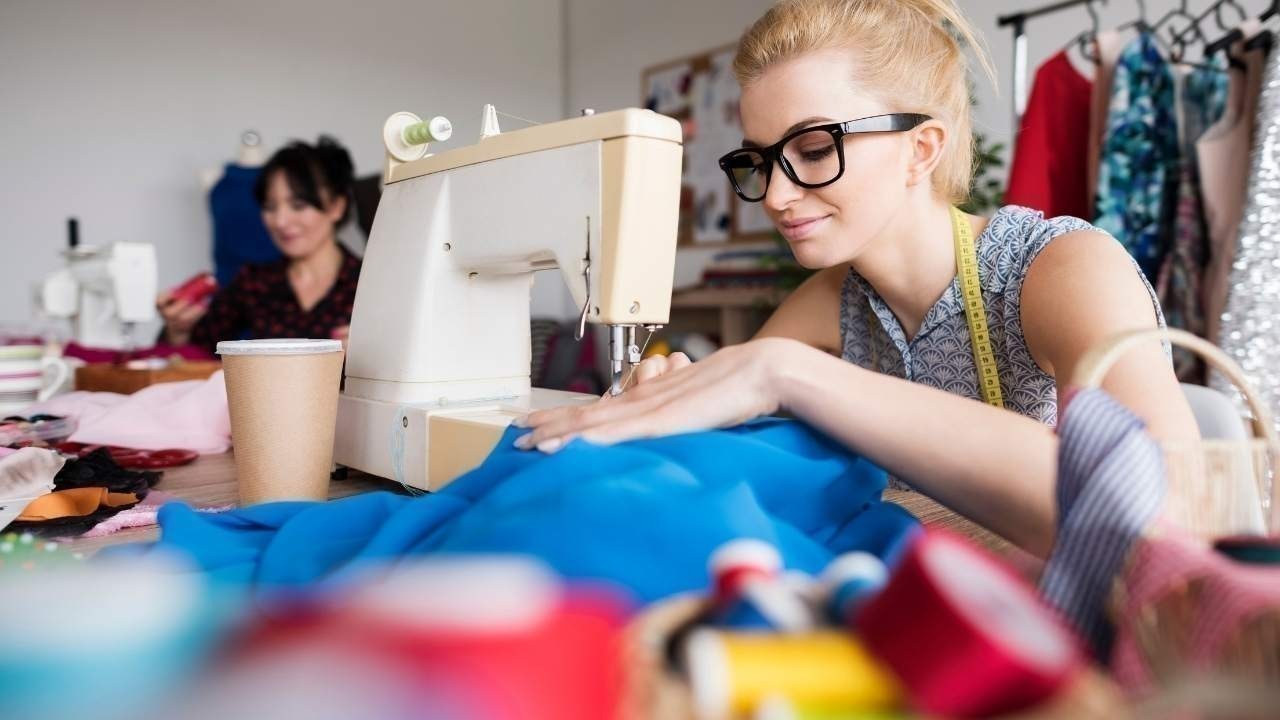
The Unseen Labor Behind Fashion Inside the Secret Stitch
Discover the hidden world of fashion labor and the secret stitch behind every garment Honor the hand